Every year, Canada delivers a few pleasant surprises, but 2025 has been particularly full of unexpected wins. From industries bouncing back stronger than forecasted to small towns becoming global trendsetters, this year has seen progress in places few saw coming. Whether in technology, health care, culture, or green innovation, these achievements reveal a nation quietly excelling beyond expectations. Here are 22 Canadian successes that nobody predicted in 2025.
Vancouver’s CleanTech Boom
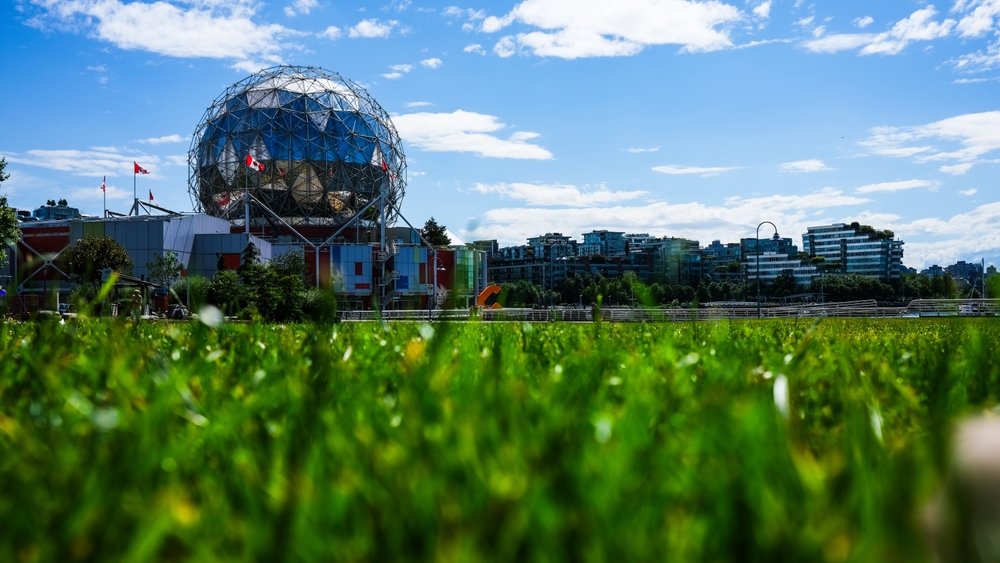
Vancouver’s clean technology sector saw record-breaking growth in 2025, outpacing projections by over 30%. Startups specializing in carbon capture, hydrogen fuel, and circular economy models secured more international funding than ever. Companies like CarbonCure and HTEC expanded their reach, drawing investors from Asia and Europe. The city’s blend of sustainability policies, research universities, and venture capital interest turned it into one of the fastest-growing green-tech hubs globally. The most surprising part wasn’t just the growth; it was how seamlessly local government, academia, and private companies collaborated to make climate innovation profitable without compromising environmental goals.
Montreal’s AI Leadership

Montreal, once quietly known for academic research, became the global headquarters for practical artificial intelligence breakthroughs in 2025. The rise of “ethical AI” frameworks developed by institutions like Mila and Concordia University caught the attention of major international firms. Several top global corporations opened new research labs there, citing the city’s AI talent density and affordability compared to Silicon Valley. Job creation in the sector doubled within twelve months, and the city’s bilingual ecosystem made it ideal for inclusive AI model development. What began as academic theory evolved into a global AI export engine that few had foreseen.
Atlantic Canada’s Renewable Energy Surplus
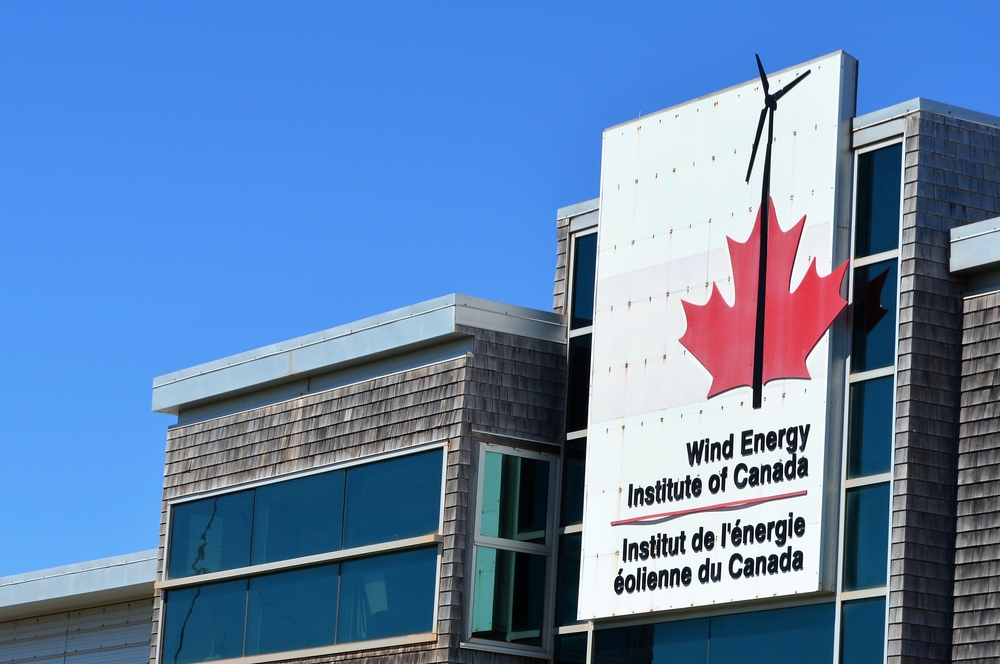
By 2025, Atlantic provinces achieved something few predicted: a renewable energy surplus. Wind and tidal projects off the coast of Nova Scotia and Newfoundland produced more power than local consumption, allowing exports to the U.S. northeast. The surplus wasn’t just a green success; it revitalized struggling coastal economies and created a new export revenue stream. Federal incentives, combined with local innovation, turned fishing towns into renewable energy centers. The unexpected efficiency of tidal turbines proved particularly groundbreaking, making the region a case study in how small-scale communities can drive large-scale sustainability success.
Alberta’s Diversified Economy
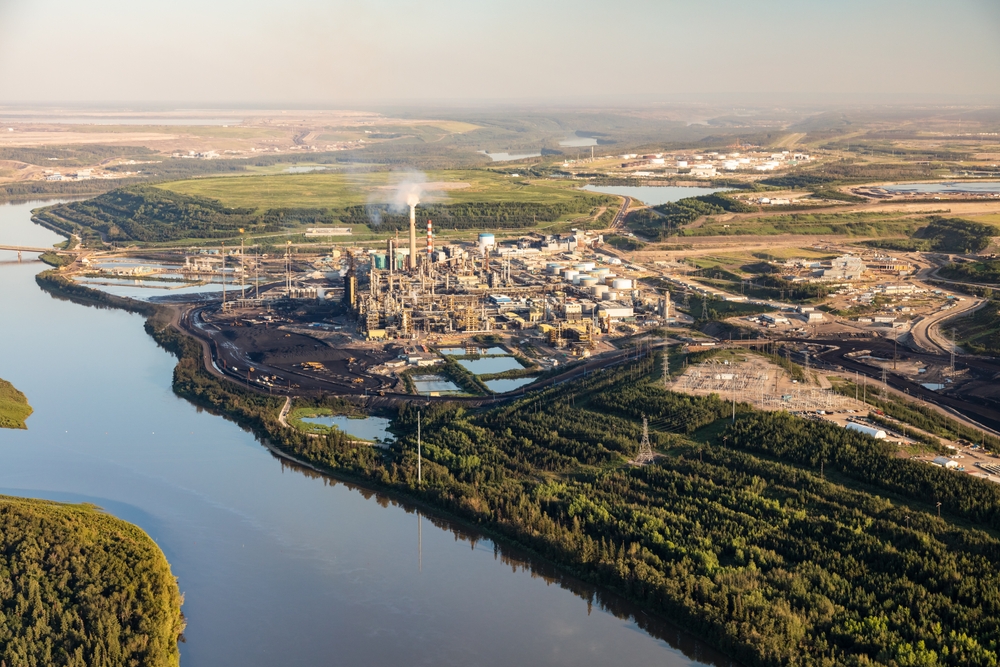
After years of dependence on oil and gas, Alberta surprised analysts by diversifying faster than expected. In 2025, clean manufacturing, tech startups, and agriculture automation drove record employment outside the energy sector. Calgary’s transformation into a logistics and fintech hub rivaled mid-tier U.S. cities, and Edmonton’s biotech sector saw double-digit growth. The province’s targeted tax credits for green businesses and remote-work tech firms paid off dramatically. Many predicted Alberta’s economy would lag during global energy transitions, but the province’s adaptability turned it into an example of strategic reinvention done right.
Toronto’s Film Industry Surpassing Expectations

Toronto’s film and television industry reached new heights in 2025, surpassing Vancouver and even challenging Los Angeles for production volume. With generous tax incentives, world-class crews, and advanced virtual production stages, the city became a favorite for major studios. The success wasn’t just in quantity but in quality. Canadian storytelling gained international acclaim, with several productions winning global awards. Streaming platforms set up permanent bases in Toronto, creating thousands of jobs. What shocked industry experts was the sheer scale and profitability achieved in one year, turning Toronto from a backup filming location into a global content powerhouse.
Northern Agriculture Innovation
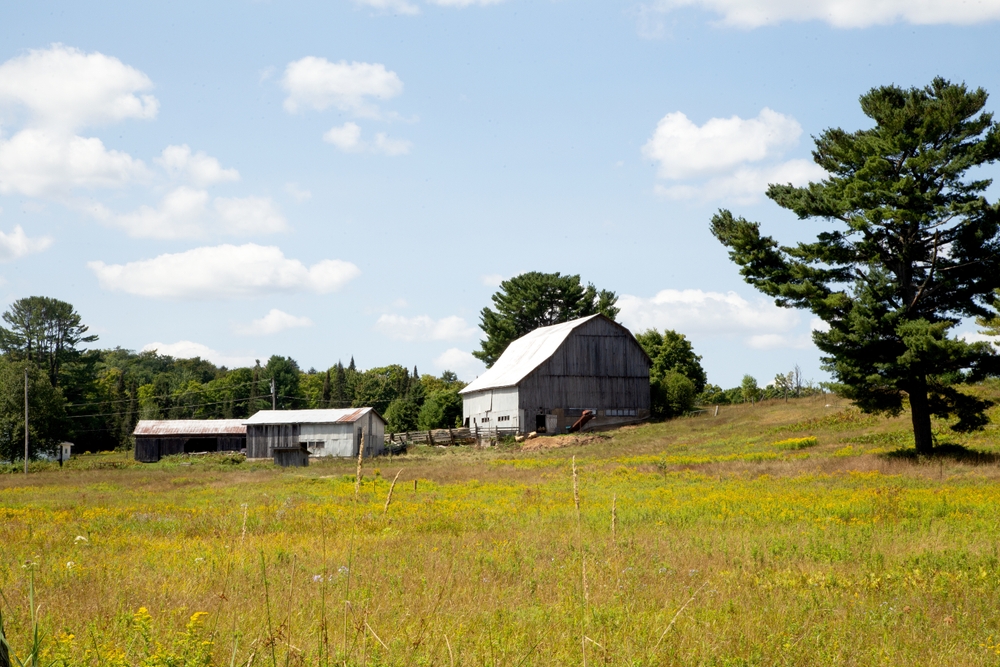
In 2025, a combination of climate adaptation and agricultural innovation turned Northern Canada into an unexpected breadbasket. Advanced greenhouse systems and soil-heating technologies made food production viable in previously inhospitable regions. Indigenous-led agritech cooperatives in Yukon and the Northwest Territories led the movement, creating sustainable local economies and reducing food import reliance. The success proved how science and tradition could work together. Investors had long dismissed northern agriculture as economically unfeasible, yet it now stands as a key contributor to national food resilience amid global climate uncertainties.
Quebec’s Battery Manufacturing Breakthrough

The province of Quebec achieved a milestone few predicted in 2025: It became North America’s leading producer of solid-state batteries. Leveraging its hydroelectric power and access to lithium resources, Quebec’s Gigafactories began supplying major automakers worldwide. This development cemented the province’s role in the electric vehicle supply chain, creating thousands of high-paying jobs. The combination of clean energy and cutting-edge research made Quebec an attractive choice for sustainable manufacturing. It was a quiet but decisive win for Canada’s energy independence and industrial growth, proving the country’s capacity for deep-tech leadership.
Indigenous Tourism Growth
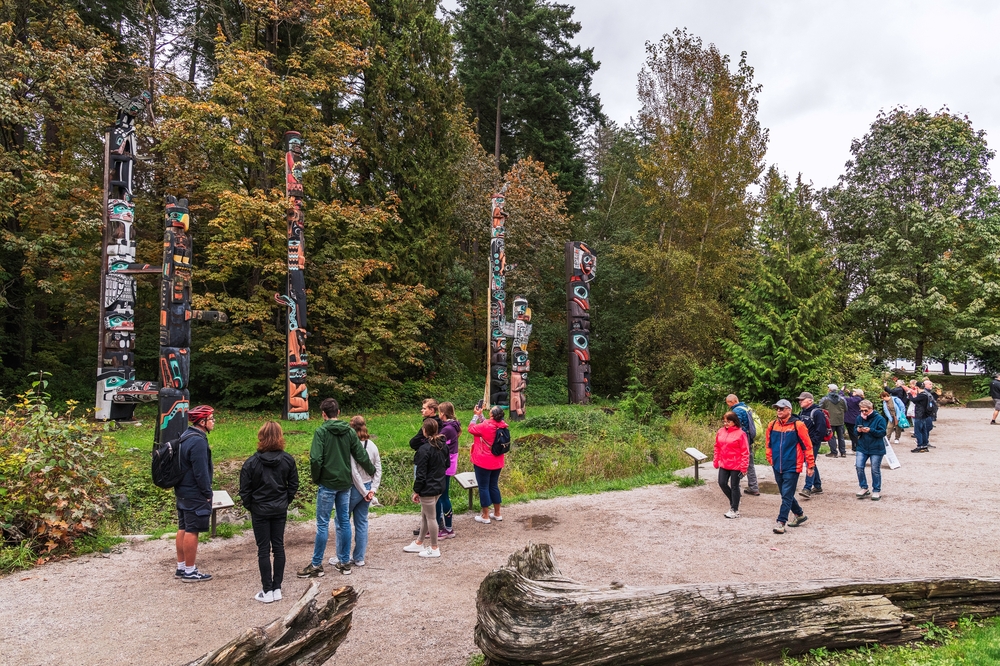
One of 2025’s most positive surprises came from the growth of Indigenous-led tourism ventures. Across provinces, authentic cultural experiences, eco-lodges, and guided heritage tours became major draws for international visitors. The sector’s revenue doubled compared to 2023, fueled by global demand for ethical and educational travel. Indigenous entrepreneurs showcased language revitalization, cuisine, and environmental stewardship as central themes. Government and private partnerships played a role, but the heart of the success lay in community ownership and storytelling. The boom not only created economic independence but also reshaped how global travelers perceive Canadian culture.
Waterloo’s Quantum Computing Wins

Waterloo’s tech ecosystem continued to surprise the world by making quantum computing commercially viable in 2025. Companies like Xanadu and the Perimeter Institute reached milestones that moved quantum technology from theory to practical application. Startups attracted global contracts for secure communications and financial modeling. The unexpected factor was how quickly these innovations transitioned from research labs to real-world industries. While the U.S. and China invested billions, Waterloo’s focused ecosystem delivered faster, leaner progress. The breakthrough positioned Canada at the forefront of computing’s next era, much to the astonishment of global analysts.
Ontario’s Public Transit Modernization

Public transit in Ontario, long criticized for inefficiency, saw a stunning turnaround in 2025. The expansion of electric buses, smart ticketing, and the completion of the Ontario Line ahead of schedule drastically improved urban mobility. Passenger satisfaction hit record highs, and emissions dropped significantly. Funding from green infrastructure programs was deployed effectively, proving that large public projects could be both timely and transparent. What no one predicted was the speed of transformation or how tech integration would attract ridership back to pre-pandemic levels. The project became a model for other provinces aiming for sustainable transit reform.
Saskatchewan’s Rare Earth Mining Expansion
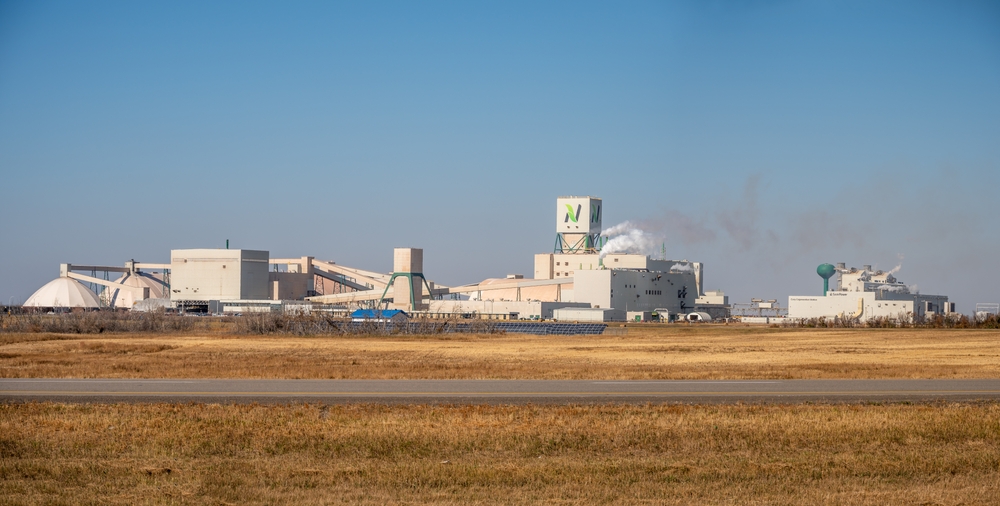
Saskatchewan unexpectedly became a key global player in rare earth mineral supply in 2025. The discovery of new reserves and efficient extraction technologies allowed it to meet international demand for electric vehicles and electronics production. With geopolitical tensions limiting global supply, Saskatchewan’s ethical mining practices attracted major buyers from Europe and Japan. Environmental oversight ensured operations balanced profit with responsibility. This shift turned the province from an agricultural economy into a critical part of the clean tech resource chain, proving that strategic resource management can redefine regional importance overnight.
Canadian Fashion’s Global Breakout

The fashion industry rarely made headlines for Canada, but 2025 changed that. Designers from Montreal, Toronto, and Vancouver gained international recognition for sustainable luxury collections. Labels such as Greta Constantine and Smythe led a wave of success built on eco-conscious production and timeless design. Canadian fashion weeks drew record international attendance, and exports to Europe and Asia rose sharply. The rise wasn’t sudden, but finally hit critical mass, transforming the perception of Canadian style from understated to globally relevant. The industry’s maturity signaled the beginning of a new cultural export era.
Newfoundland’s Tech Migration Surge

Newfoundland and Labrador became a magnet for remote tech workers in 2025. Affordable living costs, high-speed internet expansion, and scenic surroundings turned the province into an unexpected innovation hub. Government relocation incentives helped attract young professionals and entrepreneurs who brought new industries with them. St. John’s co-working spaces are filled with coders, designers, and startup founders who once lived in Toronto or San Francisco. This tech migration created a thriving local economy and reshaped the province’s image from isolated to digitally dynamic. The growth surprised economists who had long written it off as stagnant.
National Electric Vehicle Adoption
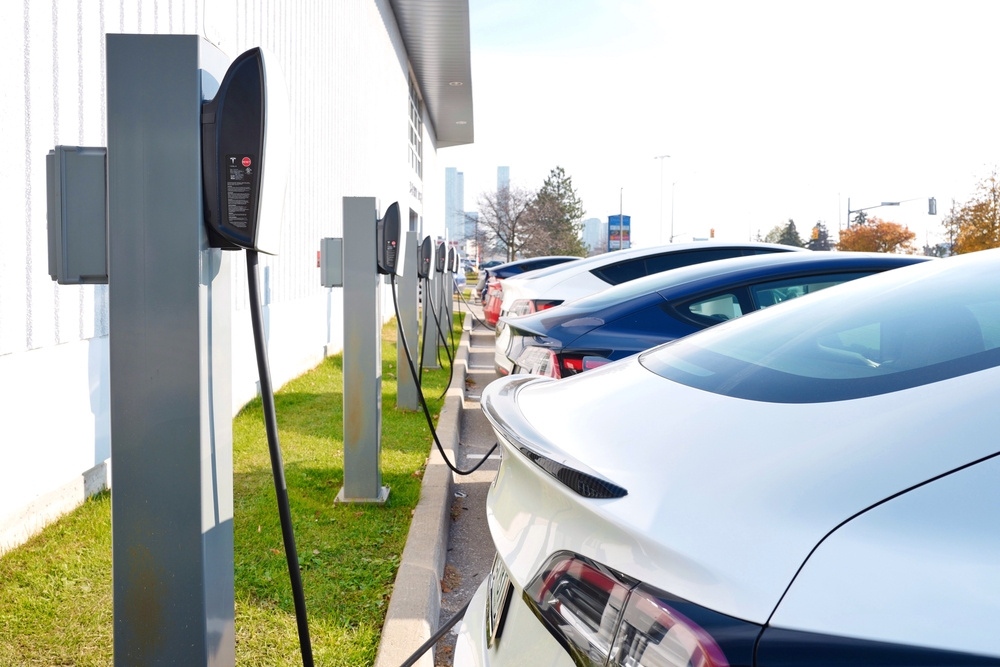
Few experts believed Canada would meet its electric vehicle goals early, yet 2025 proved otherwise. Nationwide EV adoption soared past 40 percent of new car sales, surpassing most forecasts. Federal rebates, expanding charging infrastructure, and falling battery costs made ownership more accessible. Provinces collaborated to standardize incentives and grid readiness, while rural adoption also improved due to long-range models. The milestone represented more than just environmental progress; it demonstrated effective policy coordination in a federation often accused of sluggish implementation. The rapid shift marked a turning point in consumer behavior and transportation sustainability.
Healthcare Innovation Through AI Diagnostics

The healthcare sector saw a quiet revolution in 2025 when AI-powered diagnostics became standard in public hospitals. Tools developed by Canadian firms improved early detection of cancers and chronic diseases by over 20 percent. The efficiency reduced wait times and improved resource allocation. Unlike in other countries, the integration focused on complementing physicians rather than replacing them, maintaining patient trust. Hospitals across Ontario and British Columbia reported significant savings and improved patient outcomes. The success stunned skeptics who assumed healthcare’s bureaucracy would delay tech adoption indefinitely.
Reconciliation Policy Advancements

A rare political and social success emerged in 2025 through tangible progress in reconciliation efforts. Several Indigenous land claims were settled faster than projected, and education reforms ensured Indigenous history became a permanent fixture in national curricula. Funding for Indigenous entrepreneurship reached record highs, and partnerships between First Nations and federal bodies improved transparency. The achievement wasn’t just administrative; it represented a cultural shift in how governance interacts with Indigenous communities. It was one of the few areas where optimism met measurable outcomes, turning past promises into sustained progress.
Housing Affordability Programs Showing Results

Government housing programs that began as pilot projects in 2023 delivered surprising results in 2025. New co-op housing models, rent-to-own programs, and modular home construction reduced urban rental stress in major cities. Provinces like British Columbia and Ontario saw affordability indexes stabilize for the first time in years. Private developers partnered with municipalities to create hybrid funding models, proving public-private cooperation can yield real affordability. Critics who dismissed these policies as symbolic now acknowledge their tangible results. The achievement represented hope for a generation previously priced out of the market.
Canadian Music’s Global Chart Dominance

The world may be used to Drake or The Weeknd, but 2025 saw a new wave of Canadian artists topping global charts. Independent musicians from Calgary, Halifax, and Winnipeg broke streaming records without major label backing. Platforms like TikTok and Spotify amplified their reach, and the industry’s decentralized nature allowed creative freedom. Government funding programs for independent artists finally paid off, supporting international tours and global marketing. The surprise wasn’t just in talent, it was in the infrastructure that allowed grassroots musicians to thrive in a fiercely competitive global market.
Vancouver Island’s Circular Economy Model
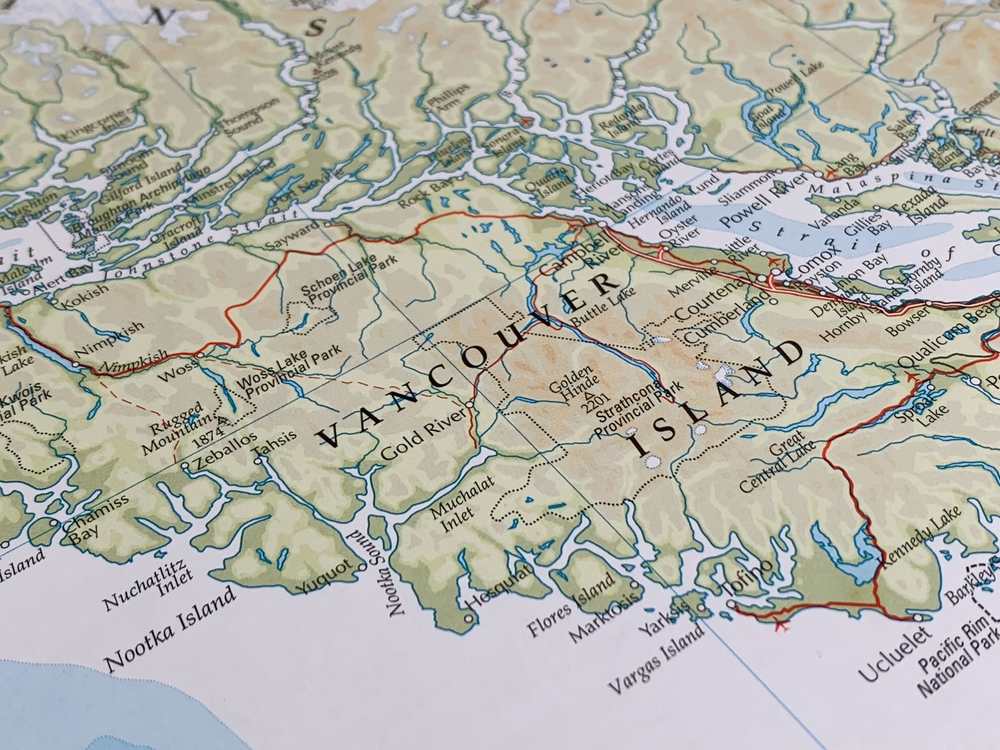
Vancouver Island became a sustainability case study in 2025 by achieving one of the world’s first successful circular economies. Every sector, from waste management to tourism, adopted reuse, recycle, and local production practices. The results included lower emissions, improved employment, and stronger community resilience. Local councils led initiatives supported by universities and small businesses. While global cities struggled with greenwashing, Vancouver Island quietly proved that practical circularity works at scale. The experiment’s success drew global environmental attention and sparked replication efforts worldwide, surprising even environmental economists who doubted its feasibility.
Education Export Growth

Canadian universities recorded an unexpected surge in international student applications in 2025. Improved visa processing times and a reputation for safety and diversity made Canada the top choice for students from Asia and Africa. Revenue from international education became one of the largest service exports, exceeding early projections. What stood out was the expansion of regional universities, not just Toronto or Vancouver institutions, gaining global prestige through remote and hybrid learning programs. The success rejuvenated local economies and reinforced Canada’s image as a global education leader built on inclusivity and quality.
Arctic Infrastructure Expansion
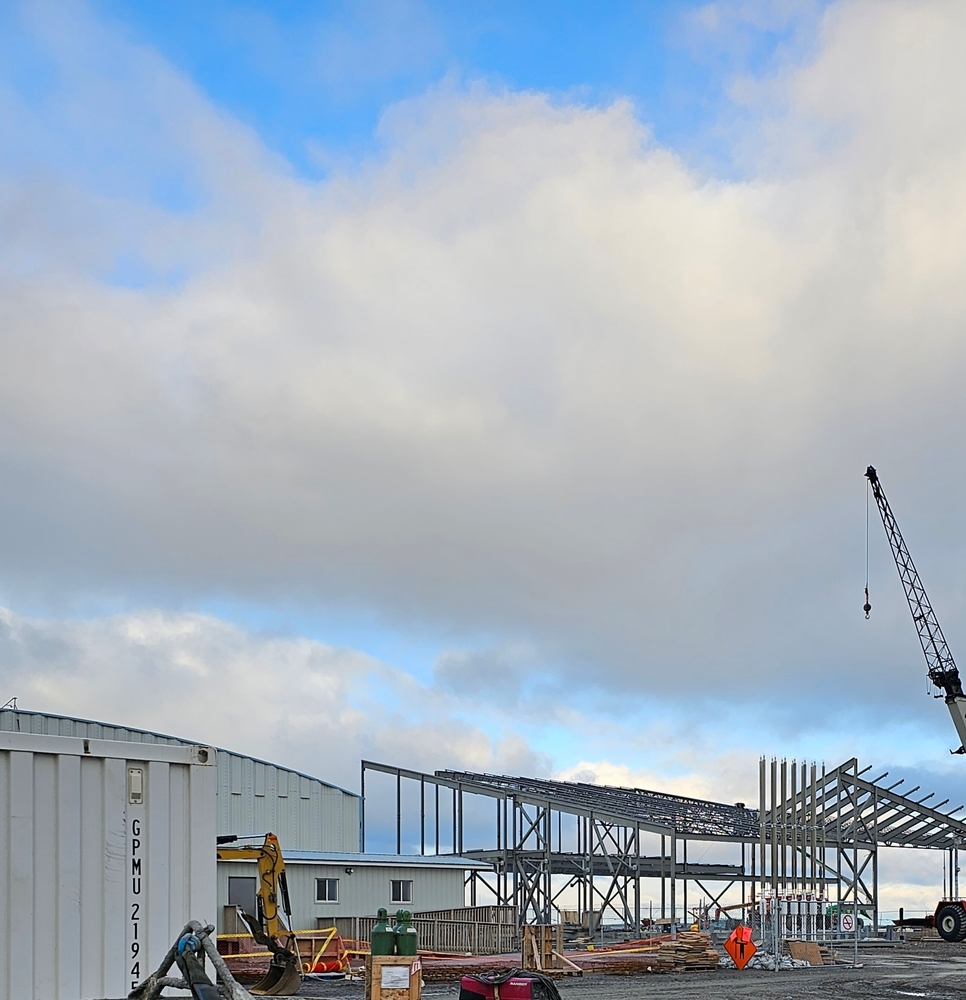
Arctic development projects made more progress in 2025 than in the previous decade combined. Investments in broadband connectivity, transportation, and community housing transformed northern living standards. Renewable microgrids replaced diesel in many communities, and new trade routes opened with increased ice-free seasons. The success of these initiatives surprised observers who expected logistical or political delays. The expansion wasn’t just about access; it represented sovereignty and opportunity for remote populations. The Arctic, once viewed purely as a challenge, began contributing meaningfully to the national economy and innovation landscape.
Canadian Tech Unicorn Surge

In 2025, the number of Canadian startups reaching “unicorn” status, valuations over $1 billion, doubled compared to 2024. These companies spanned fintech, AI, clean tech, and logistics, attracting global investors seeking stable regulatory environments. Unlike earlier eras, these firms chose to stay headquartered in Canada rather than relocate to the U.S. Improved venture ecosystems, supportive immigration policies, and collaborative university ties made Canada a startup magnet. The result was an ecosystem that finally retained its talent and competed globally. Analysts once skeptical of Canada’s ability to sustain innovation now call it one of the most balanced startup markets worldwide.
21 Products Canadians Should Stockpile Before Tariffs Hit

If trade tensions escalate between Canada and the U.S., everyday essentials can suddenly disappear or skyrocket in price. Products like pantry basics and tech must-haves that depend on are deeply tied to cross-border supply chains and are likely to face various kinds of disruptions
21 Products Canadians Should Stockpile Before Tariffs Hit
